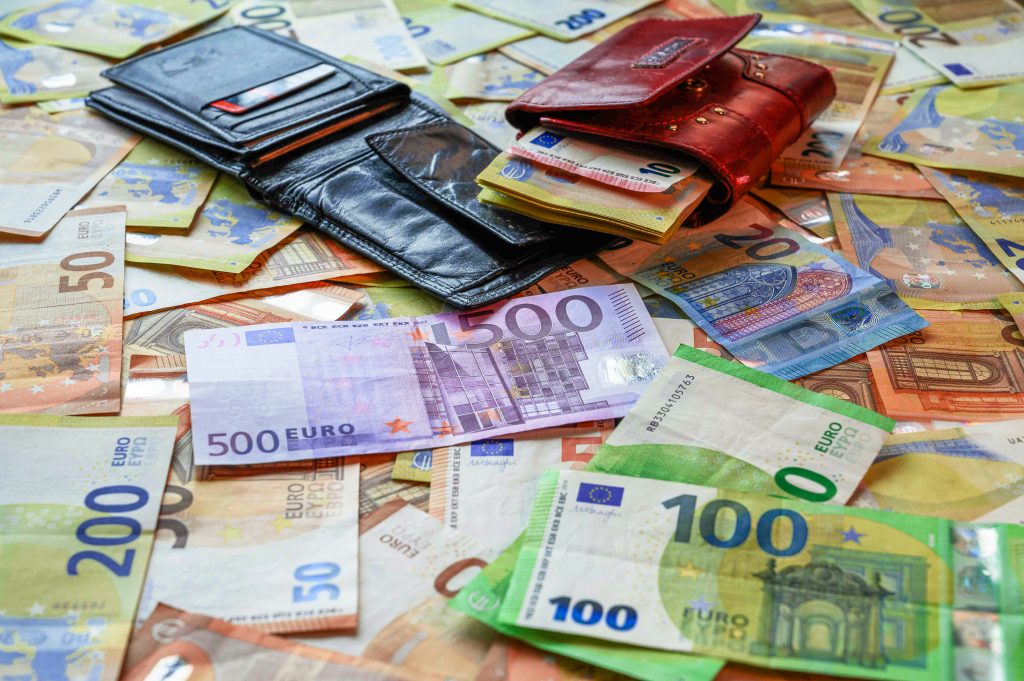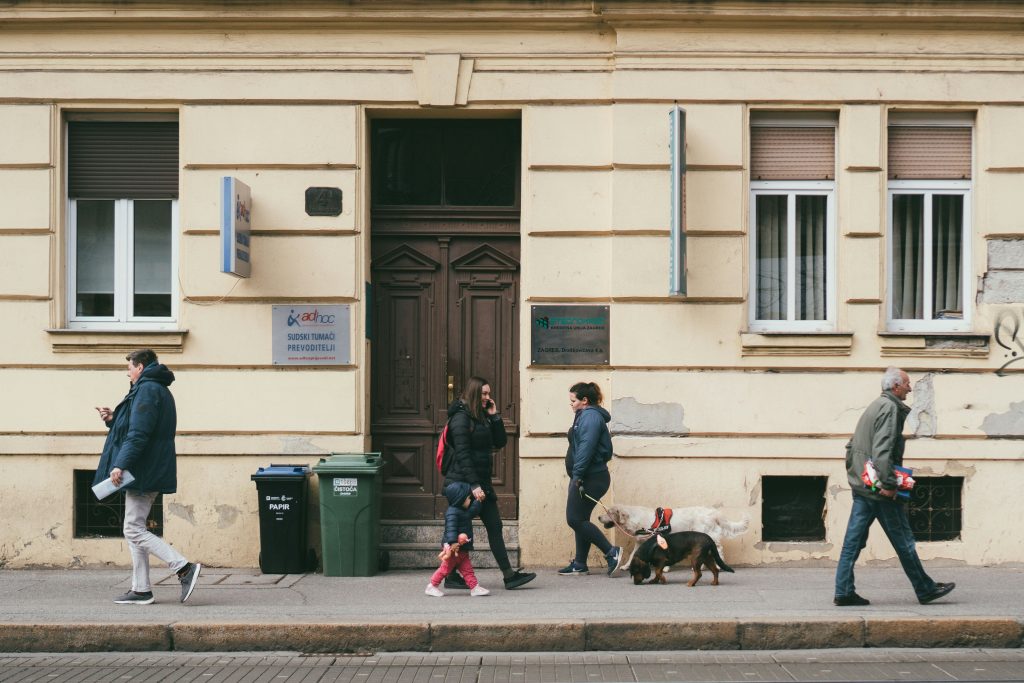December the 3rd, 2024 – Croatian inflation is still causing a headache among the general population, with only one country currently worse off than Croatia. Here’s what basic items have increased the most.
As Poslovni Dnevnik writes, Croatian inflation continued to accelerate throughout the month of November. The annual consumer price growth rate jumped from 2.2 percent in October to 2.8 percent in November, primarily as a result of higher energy and food prices.
In one single month, energy prices rose by 2.5 percent, while food prices rose by an additional 0.2 percent. The Harmonised Index of Consumer Prices, comparable to other EU Member States, is even more unfavourable, at 4 percent annually, compared to 2.3 percent across the Eurozone. According to this index, only Belgium is more expensive than Croatia at this moment in time, as reported by Večernji list.
how high is croatian inflation, actually?

Zrinka Živković-Matijević, RBA’s chief economist, calculated that higher food and service prices accounted for 90 percent of Croatian inflation this year. It stood at 2.9 percent from January to the end of November.
The government only unfroze electricity and gas prices in November, seeing the prices of these two energy products increase by 10 percent in two separate periods. The first electricity price increase of 6.5 percent took place in November, and the rest is set to come early next year.
Fuel prices alter once a week, depending on the market situation and geopolitical circumstances. Hrvoje Stojić, chief economist at the Croatian Employers’ Association (HUP), recalled that the price of gas jumped by 21% in November to 47.2 euros per MWh due to turmoil in the European gas market, mostly between Russia and Austria. The price of Brent crude oil remained stable this month at 72.9 US dollars per barrel.
The government has calculated the effect of the electricity and gas price increases on Croatian inflation. They’ve since claimed that next year, they will bring an additional 2.7 percent of average inflation to the achieved price level. Multiple banking analysts estimate the same. The Central Bureau of Statistics (CBS) pointed out that the official basket for monitoring inflation consists of 910 different goods and services, and prices have been recorded in Zagreb, Slavonski Brod, Osijek, Sisak, Rijeka, Pula, Split, Dubrovnik and Varaždin.
There is a perception that Croatian inflation is actually far higher because people currently spend the bulk of their income on food and utilities, especially in low-income households. Nielsen iQ, a private consulting company which deals with consumer trends, delved deeper. It stated in a survey for the Jatrgovac portal that since the beginning of 2024, cooking chocolate has risen in price the most, by 41 percent. That was followed by isotonic drinks, which are currently 16 percent more expensive. Detergents are now 15 percent more expensive, while chocolate bars, minerals and vitamins, and skin protection from the sun have gone up a significant 13 percent each.
has anything become cheaper?

It might come as a shock, but there have also been some price reductions. Over the last year, sugar has become cheaper by 29% (37% since the beginning of the year), toilet paper has dropped by 7%, eggs and moist toilet paper came down by 6%, frozen dough dropped by 4%, flour and hot dogs came down by 3%, and cheese is 1% cheaper now.
As such items became cheaper, consumption grew. The typical food basket of around a hundred items has become more expensive by 5.5 percent since the beginning of 2024, while volume sales have grown by around two percent. Private label food products have also been recording a greater increase in sales volumes at a lower price growth rate than branded products.
Of the top 10 categories in the food segment, double-digit sales growth was recorded by strong alcoholic beverages and ice cream, with sales of spirits exceeding the volume of alcohol sold (plus 9 percent). Ice cream saw a ten percent price increase. Fresh meat sales have been up by around 6 percent, with a slight price increase of 2 percent, while salami sales stagnated because their prices are currently 8 percent higher.
Coffee sales have also been growing, accompanied by a marked decline in sales volumes. Milk sales have been falling both in volume and value with price increases, according to the author of the research, Zorana Krajinović. The sale of chocolate bars, milk, coffee, wine, biscuits and pickled vegetables have all fallen. Among non-food items, a two percent drop in sales of nappies was recorded, in line with the general trend of a decrease in the number of children born in Croatia.
In the first nine months of 2024, sports drinks grew the most in value (60%) due to increased consumption and prices. Of the 94 categories observed in the food basket, only 15 had lower prices, and 24 of them had reduced sales volumes. Fifty or so items from the non-food basket have increased in price by slightly more than 3% since the beginning of the year.












